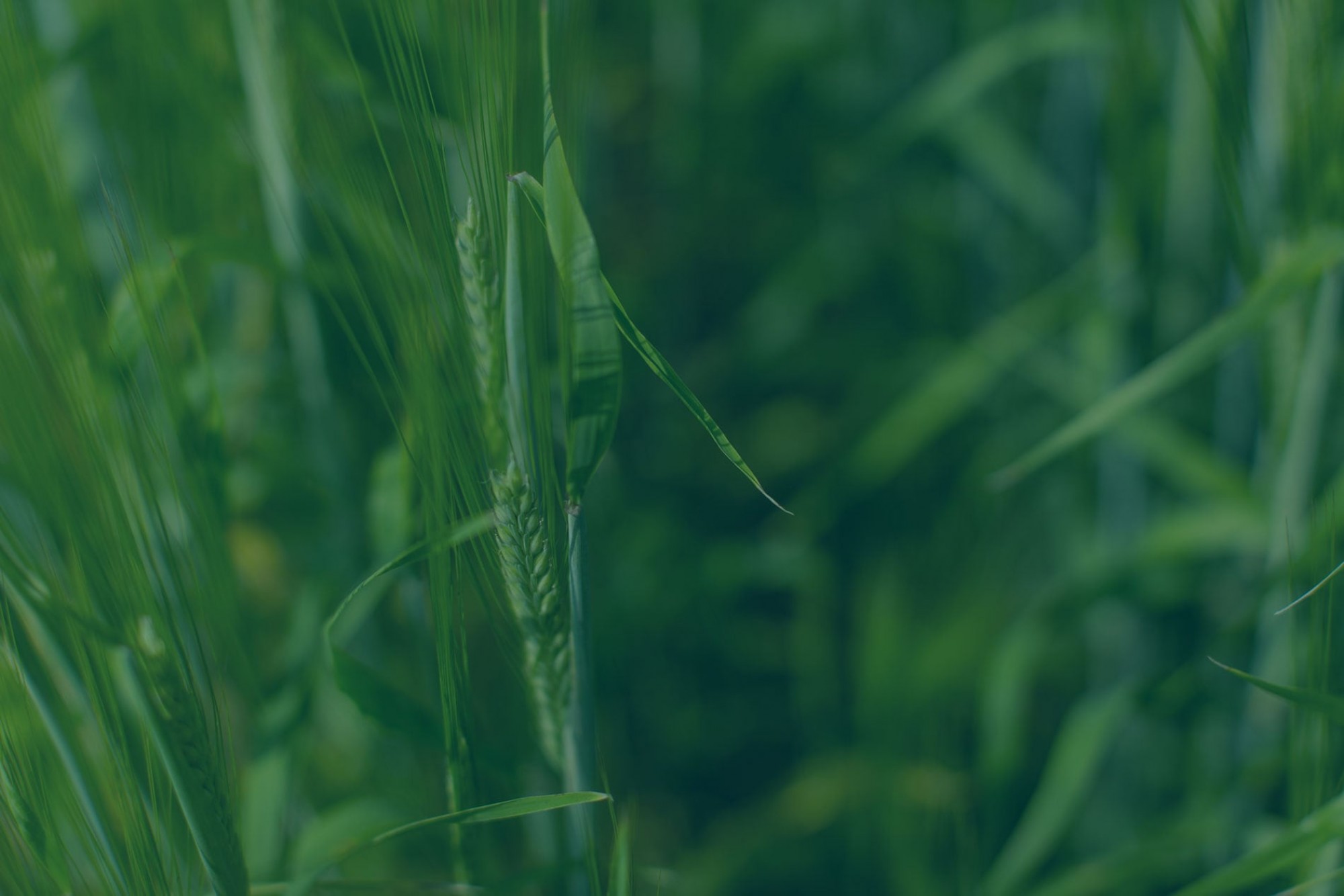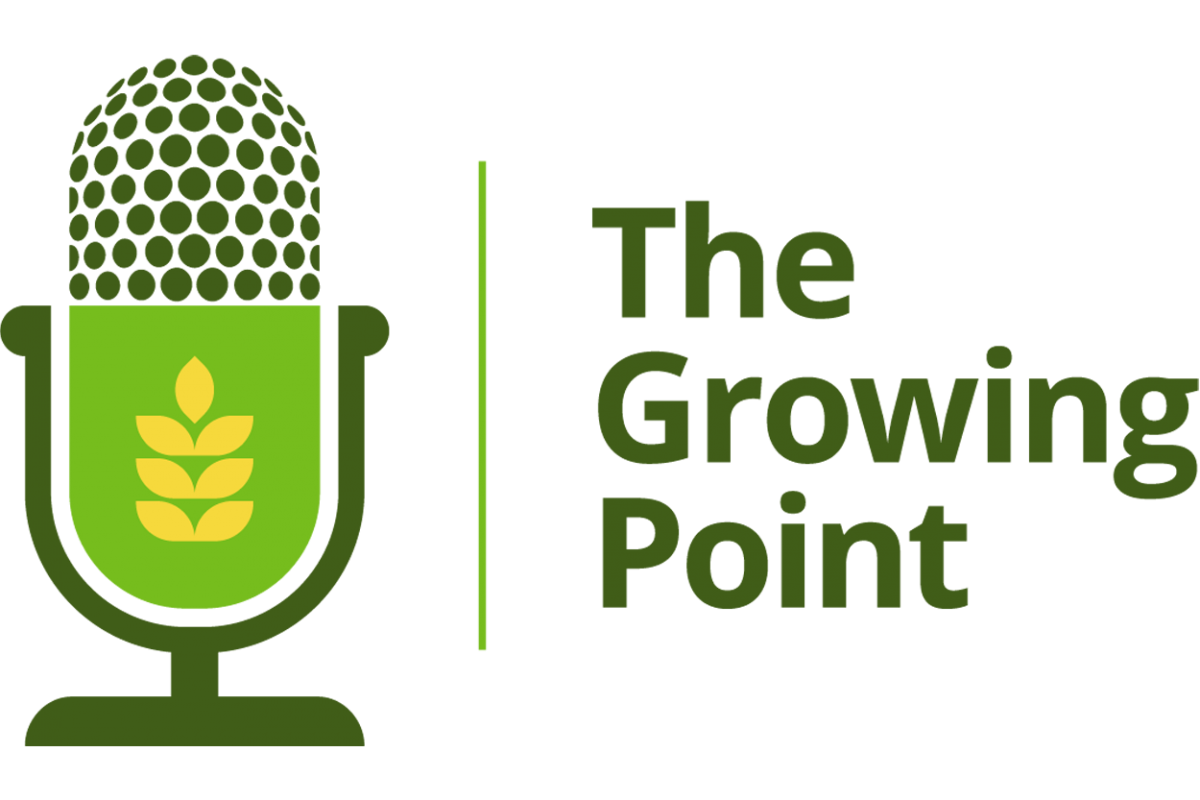The Alberta Wheat and Barley Commissions' research priorities updated to build the portfolio of investments in agronomy
By Sheri Strydhorst, PhD, Agronomy Research Specialist | Alberta Wheat and Barley Commissions
Alberta Wheat Commission (AWC) has invested $31.5 million into wheat research over the past eight years and Alberta Barley has invested $3.7 million into barley research over the past nine years. These huge investments in research ($35 million combined) are the largest financial commitments that AWC and Alberta Barley make. As such, we want to ensure that the research we fund now, and in the future, is aligned with farmer needs.
In February 2022, AWC and Alberta Barley asked for input from directors, regional representatives and delegates (who are all farmer members) on our research priorities to help direct the investment of producer dollars.
To make the most efficient use of our investments, it is important to avoid duplication and increase collaboration and leveraging of research funding. To meet these objectives, AWC’s core research themes were aligned with the International Wheat Initiative while Alberta Barley’s core research themes were aligned with the Canadian Barley Research Coalition’s National Barley Research Strategy.
Increasing yield was a top priority for both commissions. Since the contribution to yield is considered to be 50% genetic and 50% agronomic, both are important research categories to invest in. Producers indicated a desire to increase investments in agronomy above historic levels. However, the limited research capacity in this area, especially in applied soil fertility research, will make this challenging. Addressing the agronomy research capacity issues and adding expertise in this area, is going to be important in achieving these research priorities.
Specifically, within the area of agronomy, AWC is targeting future research investments in projects that will:
Increase wheat’s yield potential with AGRONOMY:
- Genetics x Environment x Management (GxExM)
- Seeding rates
- Plant Growth Regulators (PGRs)
Increase wheat’s sustainability with FERTILITY management:
- 4R Management, Nitrogen rates
- 4R management, Nitrogen placement to minimize nitrogen loss
- Phosphorous nutrient management
Protect wheat yield from DISEASE threats with:
- Decision-making tools
- Fungicide management
- Fusarium management
- Disease forecasting systems
Achieve consistent wheat QUALITY:
- Wheat quality (protein) and functionality (reduce sprouting) characteristics must align with market demand. The objective is to enable farmers to consistently meet these quality (protein and functionality) goals without suffering a yield penalty. There may be different agronomic tools specific for different growing environments.
Increase wheat’s sustainability by improving SYSTEM HEALTH:
- Crop rotations
- Maintaining and managing soil organic matter
Note: Maintaining soil organic matter is an outcome achieved with various management tools. Things like intercrops and cover crops can be more easily implemented on mixed farms rather than grain-only farms. An important consideration is to justify both the short and long-term economics of these practices. For fields that have been under long-term, no-till management, the goal is to maintain soil organic matter levels; for fields with the potential to increase soil organic matter, management would aim to increase soil organic matter.
Protect wheat yield from INSECT threats with:
- Decision-making tools for when to spray insecticides
- Wheat midge management
- Short-term forecasting tools i.e. risk maps
Note: Top insects of concern were: wheat midge and sawfly
Protect wheat yield from WEEDS:
- Resistant weed management including kochia, wild oat, group two resistant weeds
- Pre-harvest herbicide alternatives
- Strategies to increase crop competitiveness (may include breeding)
Note: top weeds of concern were: resistant wild oats, cleavers and foxtail barley
Specifically, within the area of agronomy, Alberta Barley is targeting future research investments in projects that will:
Theme 1: Increase Yield:
- Agronomy to optimize seeding rates to reduce tillering and increase uniformity or achieve optimal plant stands
- Seeding dates, including ultra early seeding
Theme 2: Manage Lodging:
- Lodging management with N fertilizer rates and timings
- GxExM to manage lodging including PGRs
Theme 3: Manage Barley Pests:
Weeds were identified as the top barley pest followed by disease, and then insects.
Weeds
- Resistant weed management, with a large focus on resistant wild oats and kochia
- Strategies to increase crop competitiveness
Disease
- Disease forecasting systems
- Fungicide decision-making tools
Insects
- Barley specific economic thresholds for pests like grasshoppers, cutworms, etc.
- Short-term forecasting tools – i.e. risk maps
Theme 4: Harvest and Post-Harvest Management
- Addressed with breeding for head retention, preventing pre-harvest sprouting and short-season varieties
Theme 5: End-use applications/opportunities
- Feed efficiency for cattle
- Malting and brewing end-use
Theme 6: Sustainability Fertility
- 4R Management, Nitrogen Forms (i.e., enhanced efficiency fertilizers [EEFs] and economics of EEFs)
- 4R Management, Nitrogen Rates including optimal rates for various growing regions and soil types
- 4R Management, Nitrogen Timing
System Health
- Crop rotations
- Increased crop-livestock integration
- Maintaining and managing soil organic matter
Disclaimer
It is worthwhile to note that, like all things, there is bias in these priorities. This can come from the geographic distribution of directors and delegates/regional representatives, the type of operations they run (i.e. grain only vs mixed farms) and the current policy issues of the day. AWC and Alberta Barley staff will use these priorities as a guideline when working with scientists to develop research proposals, but it is not an exclusive list. There is always room for investment in the next ‘blue sky’ idea or other areas of research as new production and policy threats evolve.

